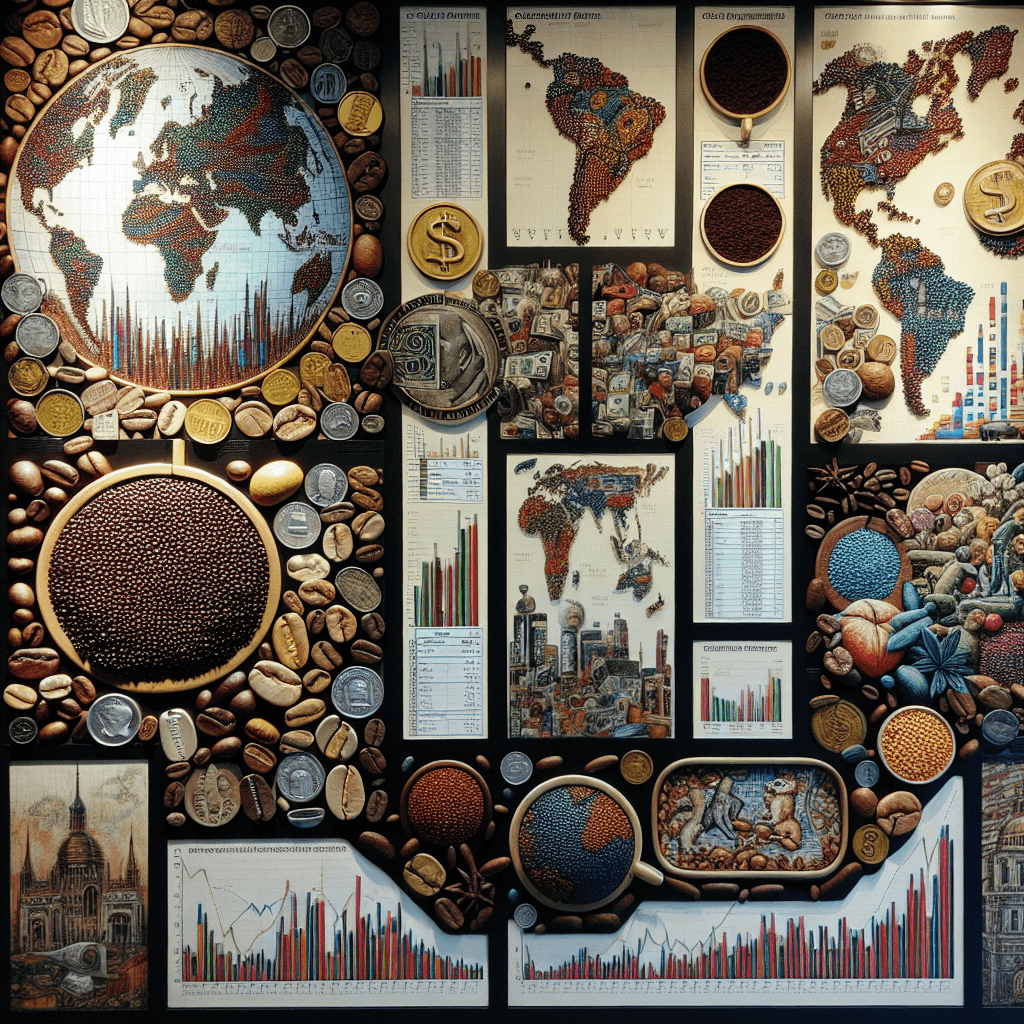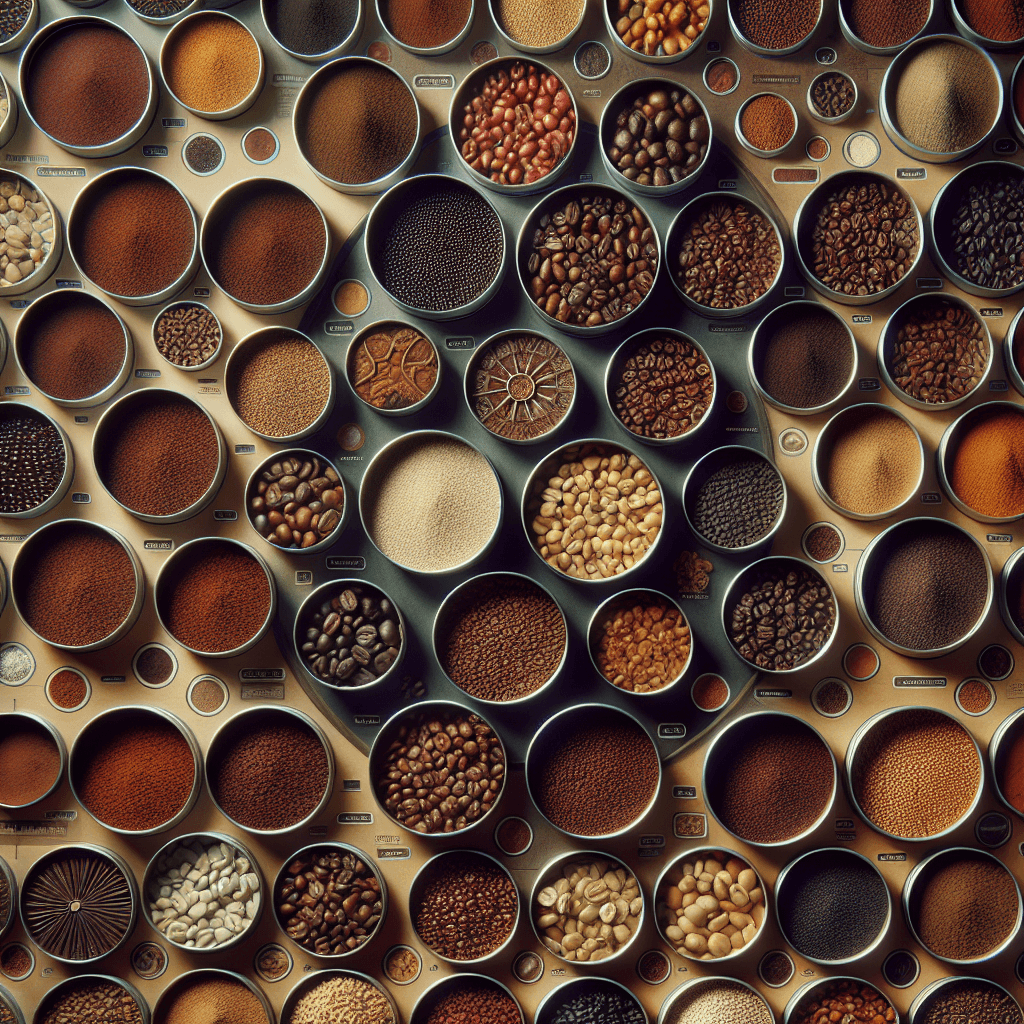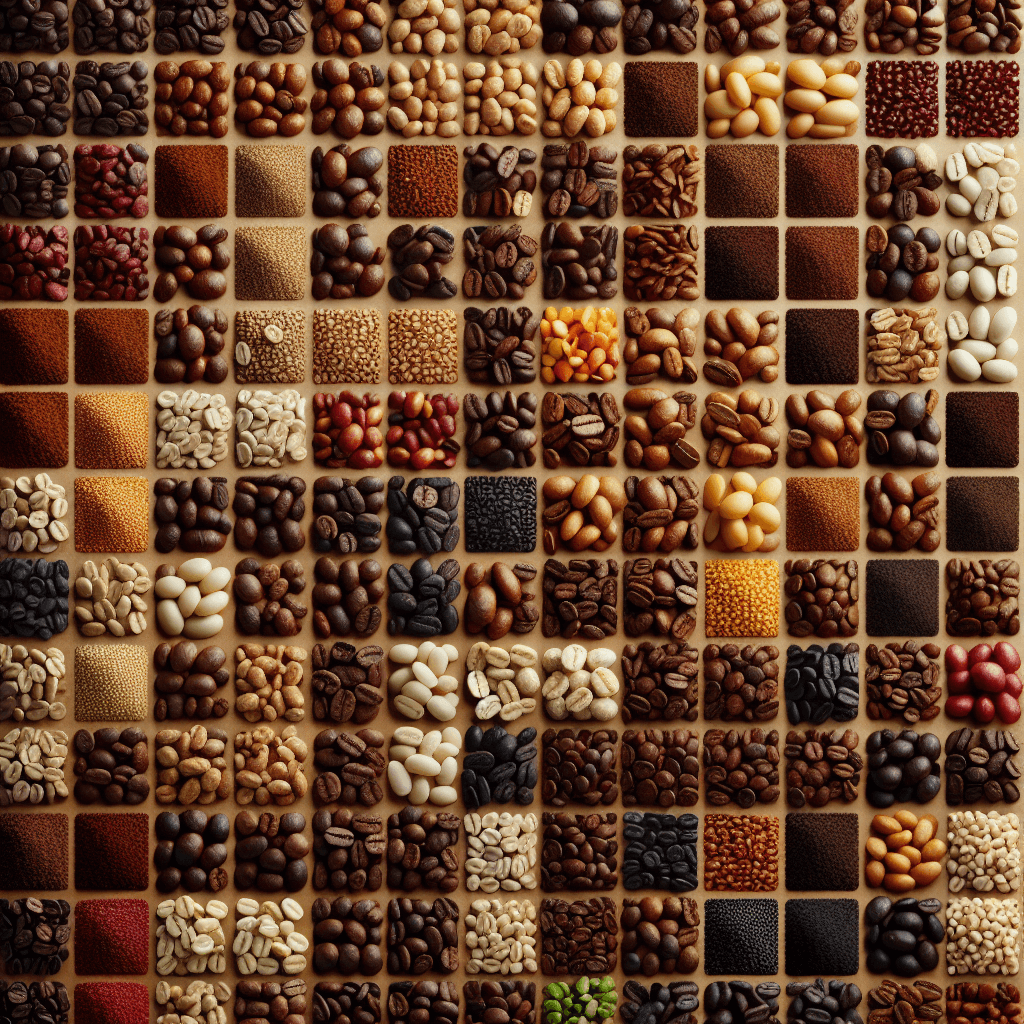The Economics of Coffee Trading
Coffee: A Worldwide Phenomenon
Coffee is more than just something millions of people globally start their day with. It's a multi-billion dollar industry that touches nearly all corners of the globe. From the farmers who cultivate and harvest the crop to the baristas who serve it with a smile, the economics of coffee plays a significant role in many people's lives.
Coffee Trading and Price Formation
Factors such as supply and demand, currency fluctuations, harvest yields, and changes in consumption patterns influence coffee prices. To determine the price of coffee on the international market, traders analyse these factors and strike a balance between a price consumers are willing to pay and the cost to produce the coffee.
From Bean to Cup: The Coffee Supply Chain
The process of getting coffee from the farm to your cup is quite complex. It involves a series of steps including harvesting, processing, grading, shipping, roasting, distributing, and brewing. Along this chain, various entities such as middlemen, exporters, importers, roasters and retailers play significant roles, each affecting the final price of your daily brew.
The Impact of Coffee on the Global Economy
Coffee is one of the most valuable and widely traded tropical agricultural commodities. It's an essential export product for many developing countries, particularly those in the equatorial region. The global coffee trade has provided income for millions of small-scale farmers and generated considerable foreign exchange earnings for many countries.
The Challenges and Opportunities in Coffee Trading
Coffee trading is not without challenges. Issues such as climate change, volatile prices, and social equity concerns like child labour and fair prices for farmers pose significant threats. However, opportunities for sustainable growth exist through practices like direct-trade, organic farming, and technological innovation in production and processing techniques.
Daily Grind Tip: Making Good Coffee
Now let's switch lanes to the consumer's side. To get the most flavour out of your coffee beans, grind them just before you're ready to brew. A good rule of thumb is to use two tablespoons of coffee for every six ounces of water. And remember, only use clean, cold, filtered water for the best taste.
In Closing...
Remember, it's not just about grinding beans and making some coffee. It's about appreciating the journey those beans took to get to your cup. So next time you sip on your delicately brewed coffee, "espresso" some gratitude for the economic wonder that is the coffee industry! As Vincent Van Gogh once said, "Great things are done by a series of small things brought together." Cheers to the coffee industry for brewing a perfect example of this.









